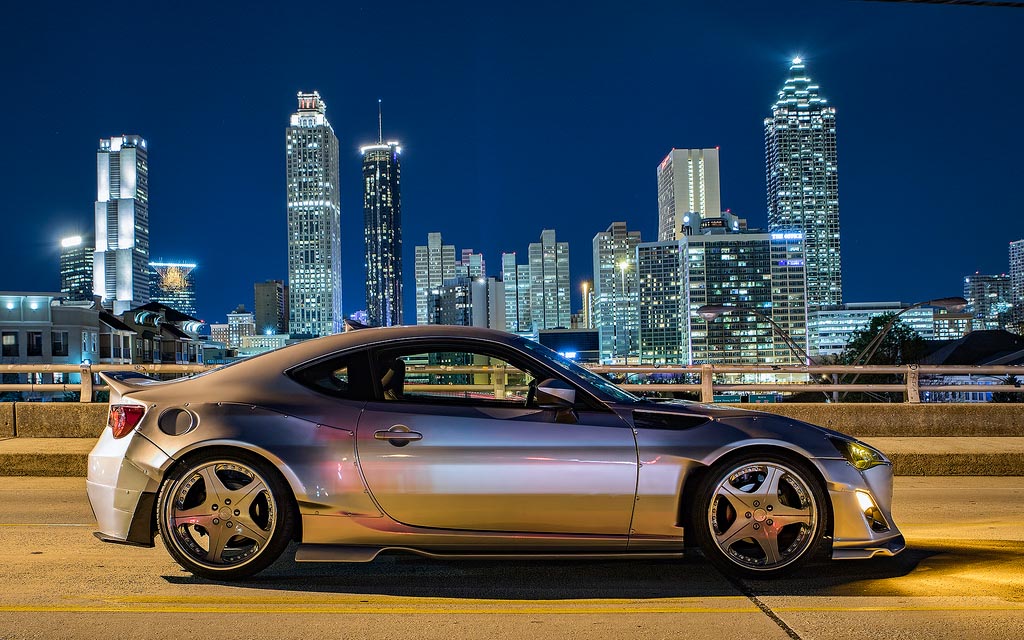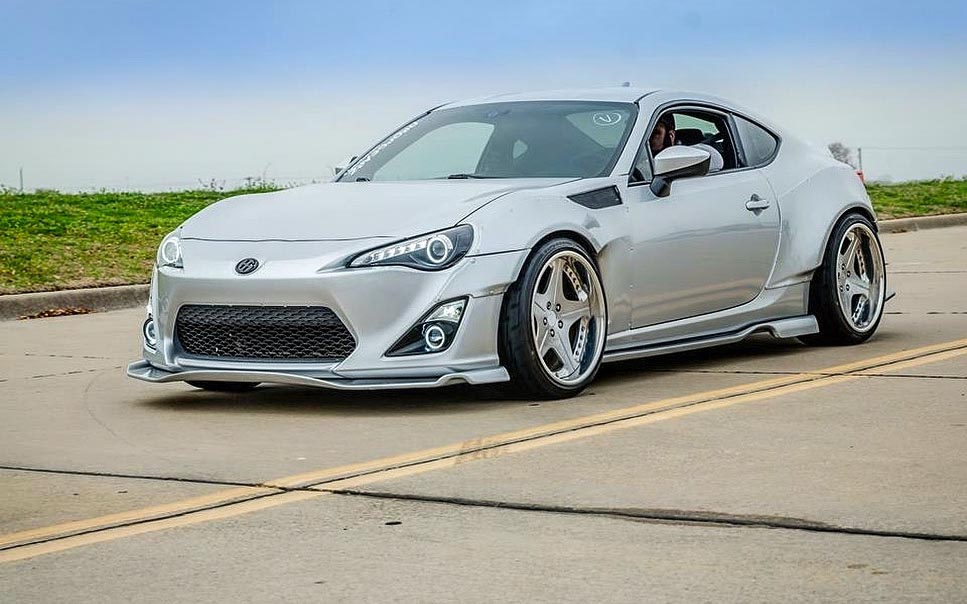We’ve written plenty of articles about our love for nostalgic vehicles – the ones that smell like gasoline dreams & an old school work ethic. We’ve also criticized (yelled about) the invasive creep of technology in modern cars. I’ll admit that honestly, I sound like a boomer half the time, with my back hunched over waving a cane at touchscreens & automated systems. And yet here’s the irony: I’m kind of a tech nerd. As long as technology doesn’t hinder my driving experience or make me dig through menus like I’m solving the Da Vinci Code… I’m all for it.
But here lies my dilemma – my duality as a car enthusiast…
I feel like a kid in a candy store, but half the candy is just wax fruit dressed up in shiny wrappers. New cars are packed with software, some of which genuinely makes driving better. Whereas others – they make me want to get out of the car and walk. I’m gonna give some examples, but if you get bored, just cut to the end. Because there’s some good takeaways I think you’ll really appreciate in the final paragraph.
3 very different machines…
I drive 3 very different machines: An FR-S, a GL63 AMG, and a lifted F-150. The FR-S is like a simple, rebellious teenager who barely uses their laptop. Half the time, I’m not even sure if its computer is working properly. The GL63, on the other hand, is a tech-filled beast that feels like it’s auditioning for Star Trek. And then there’s the F-150. It’s the rugged handyman everybody knows. It can handle almost anything you throw at it: Hauling gear, crushing long road trips, it’ll even surprise you with how quick it is. But try taking a corner at speed, and it’ll remind you that gravity is still undefeated. Even though I’m somewhat ranting & preaching to the choir here, let’s remember…


There’s some really good driving-enhancing tech out there.
The kind of tech that moves us forward. Some technologies are so good they make you want to send the engineers a thank-you note.
Take active suspension, for example…
In the GL63, the air & hydraulic suspension feels like magic. It somehow transforms a 5,700lb SUV into something that handles just as well, if not better at times, than my 2,700lb FR-S (yeah, I said it and it’s terrifying). Systems like Porsche’s PASM or Audi’s predictive active suspension take this to another level, adjusting on the fly to ensure you can tear through twisty roads without spilling your Starbucks. It’s tech done right – seamless & intuitive. And it makes for a better, more invigorating driving experience.

Then there’s active roll control…
If you’ve ever taken a hard turn in something big & heavy, you know the terror of feeling the whole thing lean like a sailboat in a hurricane. Systems like BMW’s Dynamic Drive and Mercedes’ Active Body Control eliminate this fear entirely. They keep you planted, confident, & grinning like a fool.
Driving modes, when done correctly, are another huge win…
I’m not talking about the gimmick “sport modes” that just induce higher revs & fake aggression. But I’m talking about purposeful modes, that are tools to help drivers unlock a car’s true potential. Back in my AMG – when you hit the Sport button, it’s like waking a sleeping giant. The ECU mapping changes & the suspension firms-up. And suddenly, a quiet/luxury SUV transforms into a snarling, fuel-consuming beast. It’s not just a button; it’s a new identity. The McLaren 720S’s sport mode tunes an already fast supercar into a full-blown hypercar experience. The ECU remaps itself, throttle response sharpens to scalpel precision, suspension stiffens, and the car begs you to push harder. BMW’s sport modes are intentional, giving drivers a tailored & tuned experience. I don’t want to get lost in examples, but even more affordable performance offerings from Honda (CTR), Toyota (GR), Ford (Mustang), & Genesis get it right… just to name a few. And in each case, it heightens the driver’s connection to the car.


Let’s talk screens…
We’ve gone way overboard, and just because we can… doesn’t mean we should. The Tesla Model 3 center screen is a perfect example. While it might look futuristic to some (I think it looks like an Ikea table with an oversized tablet on it), having to navigate through three menus just to adjust the air conditioning is absurd. It’s like Tesla forgot we’re supposed to be driving the car. Oh wait that’s right, Tesla actually wants to drive for you… so you can play a game of touchscreen Twister. And don’t even get me started on buried menu options. Volkswagen, I’m looking at you and your touch sliders. Adjusting something as basic as audio balance or climate shouldn’t require me to pull over, search Youtube, and light a prayer candle. In the words of Victor Hugo…
“To put everything in balance is good; to put everything in harmony is better.”
The same applies to automotive technology: Balance is crucial. When there’s too much tech, it overwhelms the experience, disrupting the harmony that makes driving truly enjoyable.
When technology is done right, it makes you feel invincible behind the wheel. Good tech is like a great co-driver – it works with you. And it makes the drive better without taking the wheel. Systems like adaptive suspension, active roll control, and well-implemented driving modes do just that. But bad tech? It’s like a backseat driver that won’t shut up. Even journalists like Jason Cammisa and Doug DeMuro have pointed out how overly complex systems can turn an otherwise fantastic car into an exercise in frustration. Lane-keep assist that jerks the wheel due to bad calibration, or auto start-stop systems that feel like they’re actively trying to stall you at a red light – it’s all tech that doesn’t respect the driver.
So again, the enthusiast dilemma rears its ugly head…
It’s a strange middle-ground. I love technology when it respects the driving experience, and I loathe it when it tries to take over. As an enthusiast, is it too much to want the best of both worlds? Can we not have cars that embrace innovation without losing their soul. I’d like to think so.









